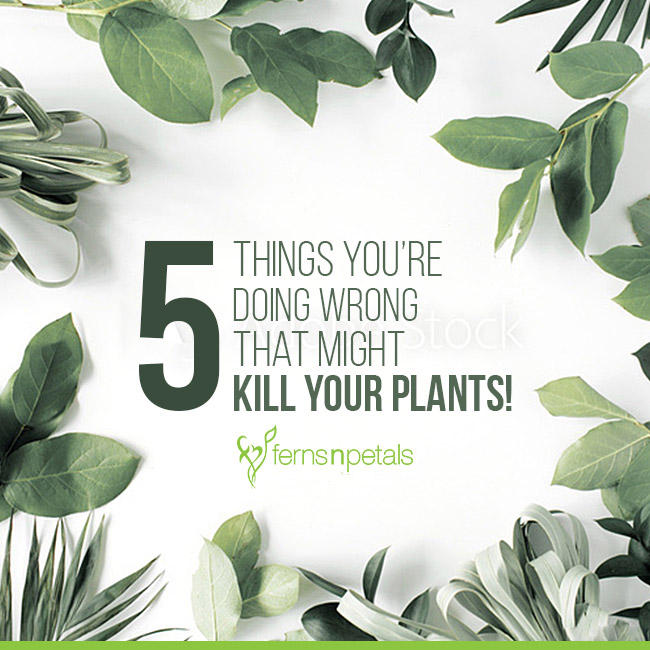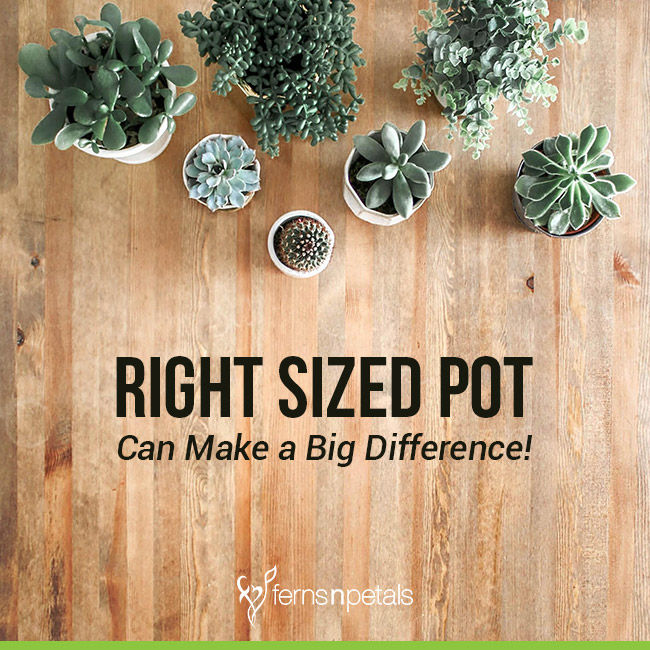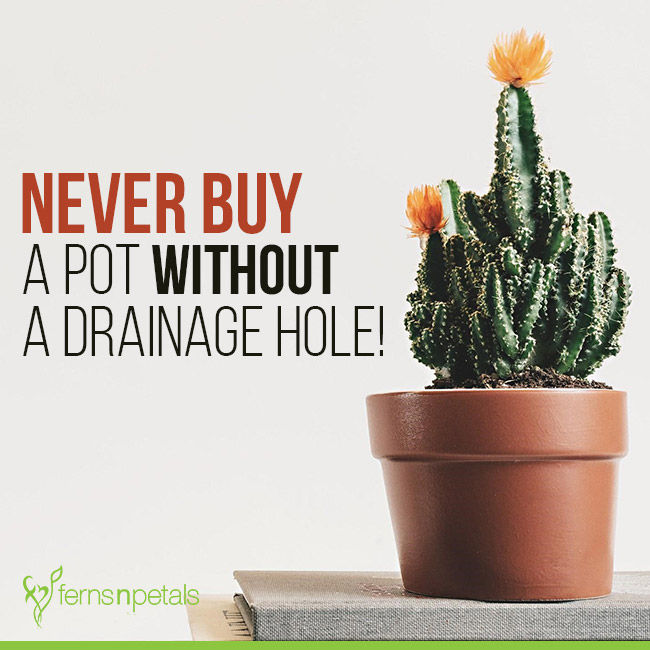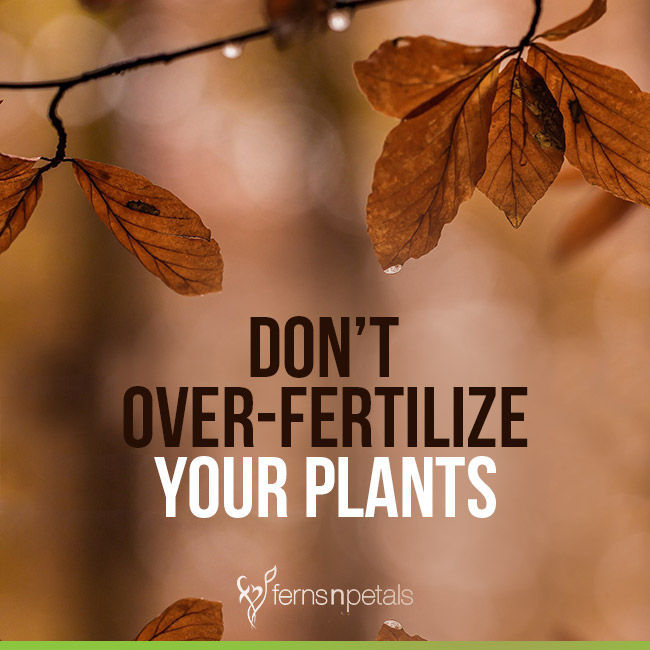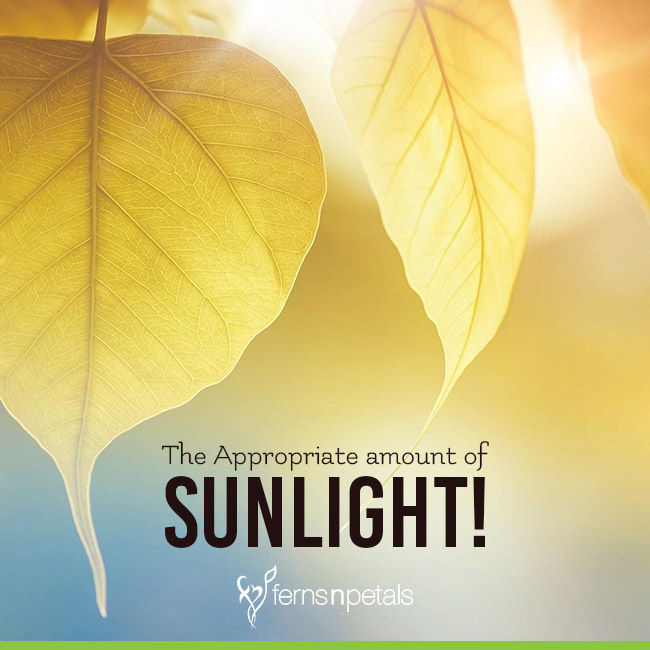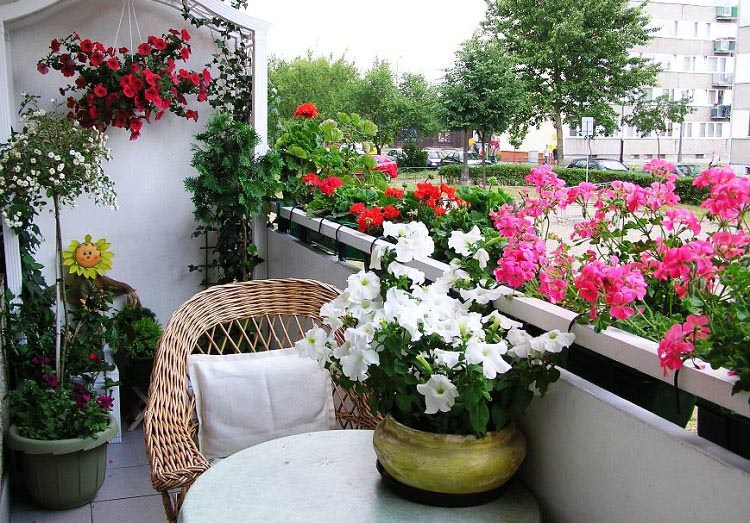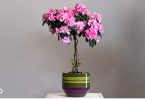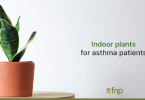For those who dream of a lush, leafy corner in their home, bringing a houseplant indoors feels like a tiny but meaningful step towards tranquillity. But there’s a truth that many plant parents learn the hard way: love alone isn’t enough to keep your green friends thriving.
Houseplants, while resilient, are not invincible. They suffer silently, often showing no signs of distress until it’s too late. If you’ve ever asked yourself, “Why does my plant keep dying?” you’re not alone. Let’s take a closer look at the most common things that kill plants and how not to kill your houseplants by avoiding them.
The Usual Suspects: Top Mistakes That Might Be Killing Your Plants
Not every plant death is a mystery; sometimes, the clues are right there in your daily care routine. Let’s uncover the most common indoor plant-care mistakes and how to avoid them:
- Choosing Beauty Over Breathing Space: Small Pots That Strangle Roots
We often pick pots based on how pretty they look on a shelf. But for your plant, the right pot is more than a visual choice; it’s its home, its anchor, and its foundation for growth. One of the key things that harms plants is giving them a pot that’s too small.
Especially for non-succulent varieties, a cramped pot restricts root expansion, drains the soil of nutrients too quickly, and hampers hydration. At the same time, a Jade plant might enjoy snug surroundings, leafy tropicals, and fast growers demand room to stretch. As a rule of thumb, repot into a slightly larger container every year or two. It’s a simple plant-care tip for beginners that can make all the difference.
- Ignoring Drainage: Trapped Water, Silent Damage
It’s easy to fall in love with beautiful ceramic planters or minimalist containers, but one of the most overlooked indoor plant-care mistakes is the lack of drainage holes.
Without a way for excess water to drain, the roots end up sitting in soggy soil, which can quickly lead to rot. Over time, this dampness suffocates the plant, turning healthy roots to mush.
Avoid this trap by ensuring all pots have a drainage hole. Even better? Place a stone or mesh over the hole to keep the soil in while letting water flow out. It’s one of those invisible fixes that prevents major damage.
- Feeding on a Guess: The Perils of Over-Fertilisation
You want your plant to grow big and lush, so you add a little extra fertiliser, harmless, right? Not quite.
Over-fertilising is one of the key things that kill plants. The result is often ‘fertiliser burn’, a condition marked by browning leaf tips, stunted growth, or yellowing foliage. Most houseplants come pre-fertilised from the nursery, needing little more than a top-up every couple of months during their active growing season.
If in doubt, always feed less than you think you should. Think of fertiliser as a gentle nudge rather than a forceful push. One of the wisest plant-care tips for beginners is this: it’s easier to recover from underfeeding than from overfeeding.
- Drowning With Love: When Overwatering Becomes Fatal
If there’s one plant sin that almost all beginners are guilty of, it’s overwatering. It feels counterintuitive, surely water equals life? But surprisingly, too much of it is what kills houseplants more often than neglect.
Each species has its own water needs. Succulents and Cacti, for instance, crave dry spells, while ferns enjoy consistent moisture. The key is to touch the soil, only water when the top inch feels dry.
And yes, can overwatering actually kill a plant? Absolutely. Root rot sets in silently, and by the time leaves begin to droop, the damage is already done. Use a moisture meter if unsure, or better yet, observe and learn your plant’s natural rhythm.
- Light Mismanagement: Too Much, Too Little, or All Wrong
Just like people, plants have their preferences. Some adore the spotlight, others wilt under its glare. Direct sunlight can be one of the most damaging factors that kill plants, especially those adapted to shade or filtered light.
Understanding your plant’s sunlight needs is essential to prevent leaf scorch or pale, weak growth. Group plants based on light preference: full-sun lovers by the windowsill, low-light champions like ZZ plants and pothos in shadier spots. It’s not just smart, it’s how not to kill your houseplants without turning your home into a greenhouse maze.
Caring With Intention, Not Assumption
There’s no one-size-fits-all rulebook when it comes to plants. What kills indoor plants isn’t always neglect, it’s sometimes care given without understanding. The smallest details, pot size, watering schedule, and sunlight angle, can tilt the balance between thriving and withering.
So here’s your gentle reminder: don’t rush. Learn the language of leaves. Notice when they perk up or droop, when they stretch towards light or curl at the edges. These are the signs of unhealthy plants that many miss, but once you tune in, they speak volumes.
Create a simple plant journal to mark watering days and note repotting dates. Soon, you’ll not only have thriving greenery but also a deeper connection with the living world around you.
Frequently Asked Questions
Q.1 What are the most common plant care mistakes beginners make?
Ans. The most common plant-care mistakes include overwatering, lack of drainage, choosing the wrong pot size, and placing plants in unsuitable light conditions. Beginners often assume all plants need the same care, but in reality, each plant has unique needs.
Q.2 Can overwatering actually kill a plant?
Ans. Yes, overwatering is one of the leading causes of plant death. It reduces the oxygen available to roots, leading to rot and eventual plant failure. Always check the soil’s moisture level before watering and ensure your pot has good drainage.
Q.3 What are the signs of a dying houseplant?
Ans. Common signs include yellowing or browning leaves, dry or curling edges, mushy stems, a foul smell from the soil, and little to no new growth. These are all red flags that may indicate root rot, pest infestations, or incorrect watering habits. Learning how not to kill your houseplant starts with recognising these early symptoms and responding quickly. Paying attention to such changes is key to reversing damage and promoting healthier indoor growth.
Q.4 How do I know if my houseplant is unhealthy?
Ans. Look for signs of unhealthy plants such as yellowing or browning leaves, stunted growth, wilting stems, or dropping foliage. You might also notice a foul smell from the soil, mushy roots, or visible pests. Some plants may lean, curl, or develop unusual spots. Recognising these early warning signals is key to learning how not to kill your houseplant and can help you take the right steps to revive it before the damage becomes irreversible.
Q.5 Why do my indoor plants keep dying even with sunlight and water?
Ans. Even with sunlight and water, indoor plants can die if other factors are overlooked. Common reasons include overwatering, poor soil drainage, incorrect pot size, low humidity, or placing them in the wrong type of light. Every plant has specific care needs; understanding them is key to avoiding what kills indoor plants.

